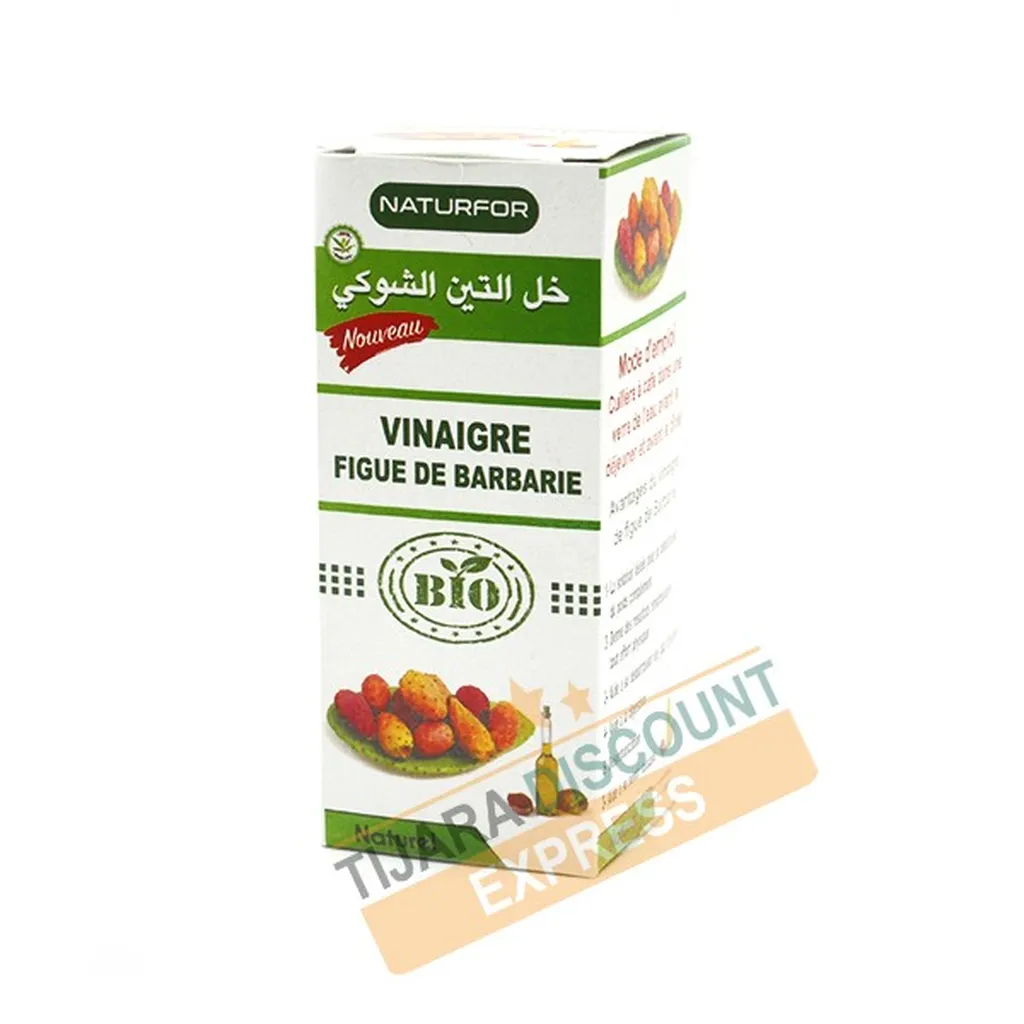In the arid landscapes where many crops struggle to thrive, the prickly pear (Opuntia spp.) stands as a resilient and nutrient-rich fruit with untapped potential. Recent research led by Ayşen Melda Çolak from Uşak University’s Faculty of Agriculture has shed new light on the phytochemical composition of prickly pear fruit, particularly when transformed into vinegar. This study, published in the *Turkish Journal of Agriculture: Food Science and Technology* (translated as *Türkiye Tarım: Gıda Bilimleri ve Teknolojisi Dergisi*), not only underscores the health benefits of this humble fruit but also hints at promising opportunities for sustainable agriculture and rural development.
Prickly pear vinegar, produced through traditional methods, has been found to be a powerhouse of organic acids and phenolic compounds. The study identified acetic acid, tartaric acid, and oxalic acid as the dominant organic acids, while gentisic acid and ellagic acid emerged as key phenolic compounds. These findings are significant, as they highlight the fruit’s potential to contribute to human health by reducing oxidative stress and preventing chronic diseases.
“The antioxidant properties of prickly pear vinegar are remarkable,” says Çolak. “With a total phenolic content of 415.00 mg GAE L⁻¹ and a DPPH value of 67.83%, this vinegar could be a valuable addition to health-promoting diets.”
Beyond its health benefits, the research points to broader implications for sustainable agriculture. Prickly pear is well-adapted to semi-arid climates, making it an ideal crop for regions where water is scarce. By focusing on standardizing production processes and optimizing methods, the agricultural sector could unlock new economic opportunities, particularly in rural areas.
“The variations in chemical composition we observed underscore the need for further research,” Çolak notes. “Understanding bioavailability, health benefits, and production optimization will be crucial in enhancing the market value of prickly pear vinegar.”
As the world seeks sustainable solutions to feed a growing population, crops like the prickly pear offer a glimpse into the future of agriculture. This research not only advances our understanding of the fruit’s phytochemical profile but also paves the way for innovative applications in food science and rural development. With continued investment and research, prickly pear vinegar could become a staple in health-conscious households and a cornerstone of sustainable farming practices.

